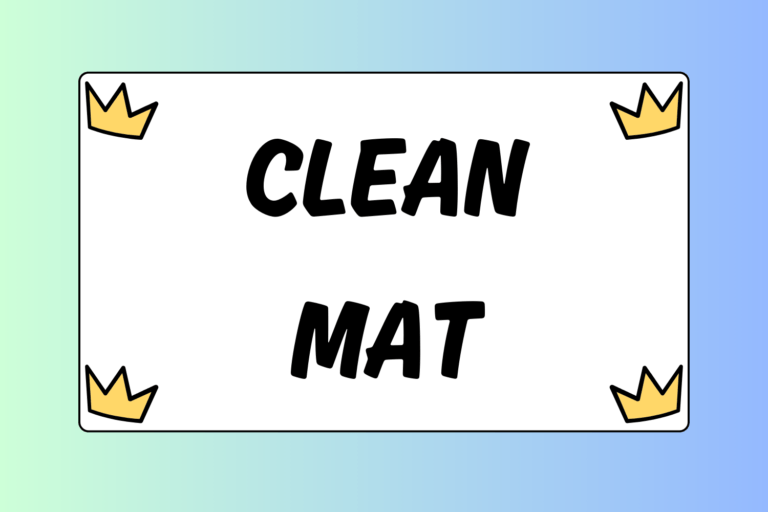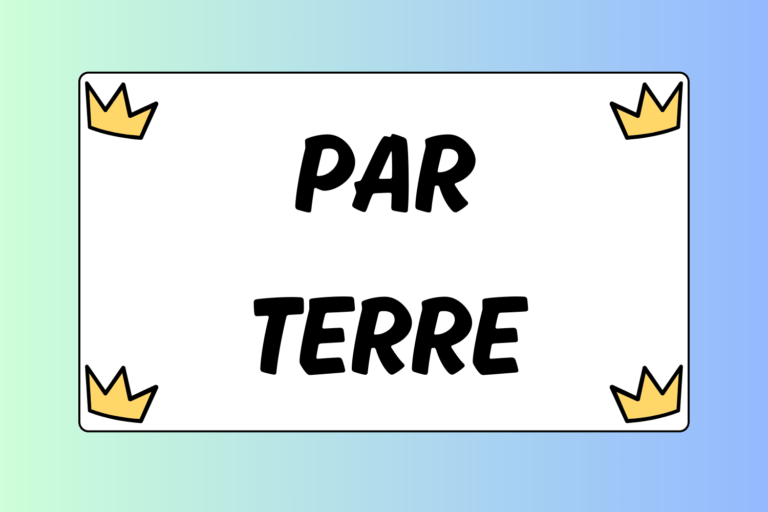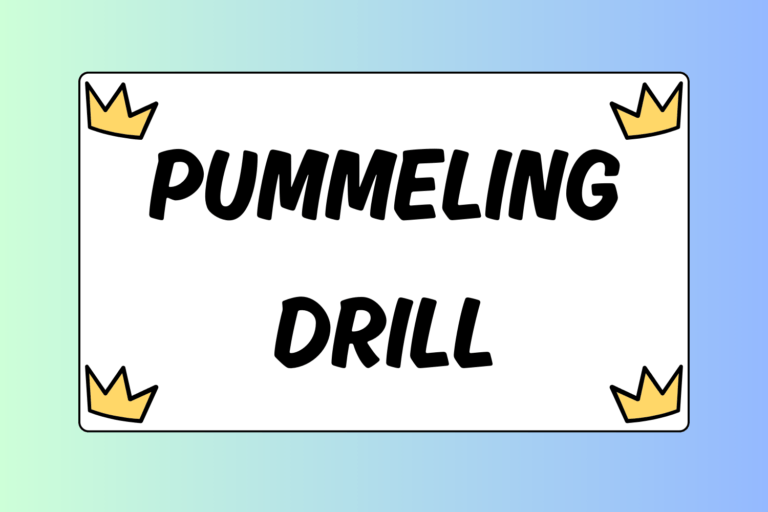One of the most difficult aspects of wrestling is competing against an individual who is much stronger than you or outweighs you. Without the right strategy, these matches could end quickly. But don’t sweat it, we will show you the way! This guide will provide you with several tips that will help you strategize against and beat these types of opponents.
Tip #1: Wrestle Your Match
The first thing you must understand when wrestling a stronger or heavier opponent is that you’re not going to win if you wrestle his match. If you try to match his strength or use techniques that primarily involve strength, chances are you will not be successful. In order to beat a stronger or larger opponent, you will need two things:
- Superior speed
- Technical skill
However, you must always keep one thing in mind: If you don’t have a considerable amount of technical skill or speed, you will have a tough time beating any opponent, let alone one that outmatches you in strength.
Tip #2: Motion!
You cannot be intimidated by an opponent and allow him to attack you while you stand defenselessly. Despite any apparent strength or size differences, you should constantly be working to score. Make sure that you are always moving, and staying in good position as you do so is extremely important.
Utilizing your speed is crucial; here your opponent’s advantage becomes his disadvantage. His size will slow him down and your build will allow you to be quicker on your feet. So, stay in motion and stay in good position. Doing so will most likely take your opponent out of good position and allow you to attack him.
Tip #3: Be in Shape
Conditioning plays an important role against stronger and heavier opponents, especially if you are constantly in motion and looking for offensive openings. You must be prepared to move the entire match and if necessary, in the overtime periods. If you have conditioned properly, you will have the advantage late in the match. Your opponent may not have adequate conditioning or could experience fatigue due to the amount of oxygen it takes to feed those large muscles. So, make sure you are prepared to take advantage: Don’t let conditioning be a factor!
Tip #4: Take Safe Shots
One mistake newer wrestlers make when wrestling against a stronger or heavier opponent is that they use a traditional inside penetration step when shooting takedowns (like a double-leg takedown). Shooting underneath a stronger or bigger opponent is very risky because if you do not finish your takedown quick enough, you will end up feeling his strength and weight on top of you! Try to stay away from these types of shots, but if they are necessary, finish quickly!
The best type of takedown to shoot on these types of opponents is one using an outside penetration step — such as a sweep or swing single — because you are moving in a circular motion as you shoot. If your opponent sprawls, you will be able to move your body outside of his, relieving some of the weight that’s on top of you. Shooting an outside shot will also allow you to use superior speed against your opponent. Learn a great way to bait your opponent into the sweep single by reading our guide, How to Shoot a Sweep Single from Wrist Control.
Another takedown you can use (if you are a quick wrestler) is the low single-leg takedown. This takedown must be timed well, though. Otherwise you’ll end up underneath your opponent. Check out our guide, How to Hit a Low Single Takedown in Wrestling for more details on this technique.
Tip #5: Don’t Tie Up!
It’s also a smart idea to stay away from any type of collar tie that requires you to match your strength with your opponent’s upper body. Although you may have effective techniques from the tie, your opponent’s physical nature may prove too overwhelming for you to generate any type of offense. By tying up with you, your opponent has the opportunity to slow you down by controlling your upper body and taking away your advantage (your mobility).
Furthermore, remaining ear-to-ear in a collar tie is never a good idea because it moves you in closer to your opponent. If you do end up in some sort of tie, it is extremely important to gain head position by using your forehead to push against the side of your opponent’s head or neck. If possible, stay forehead-to-forehead. Doing so will give you the space you need in order to score, and it will allow you to be more agile in the position. If you need to brush up on the basic tie up, read our guide, Wrestling Moves: How to Tie up Your Opponent.
Hot Tip: Hand Fight
Instead of tying up with your opponent, hand fighting and wrist control are much safer ways to generate your offense in the neutral position. If you have strong hand-fighting skills, you will be able to turn your opponent’s reactions into offensive openings. Arm drags are typically very safe for physically smaller wrestlers to hit from this position.
Tip #7: Stay Off of the Bottom
Unless you are exceptional from the bottom position, choosing to start underneath your opponent is not a good strategy. Being on the bottom is exactly where your opponent wants you to be because it gives him the advantage. He’ll capitalize on it by using his strength to control you and to turn you to your back. Choose the neutral position, instead. If you are confident enough, you can even choose to start in the top position.
Tip #8: Use Your Length
If you are taller, or have longer arms and legs than your opponent, choosing the top position could work to your advantage. Here you will have the chance to execute techniques that emphasize your length. If you have long arms, cradles are very useful against any opponent. With good technique, you will be able to lock your arms up just as easily against stronger or heavier opponents. You can also choose to vine your legs in from the top position, but this can be risky. You must have adequate leg strength to remain in control of your opponent, otherwise you could get reversed.
A Winning Strategy
You should now have a better understanding of how to wrestle a stronger or heavier opponent. Keep these tips in mind when strategizing if you ever find yourself matched up and outweighed. However, you must understand that you shouldn’t completely change the way you wrestle for any opponent — make only minor adjustments, as per the tips in this guide. No matter how you adjust, though, you should still expect to win using the techniques that you know and practice regularly, superior speed, and conditioning. Good luck!





